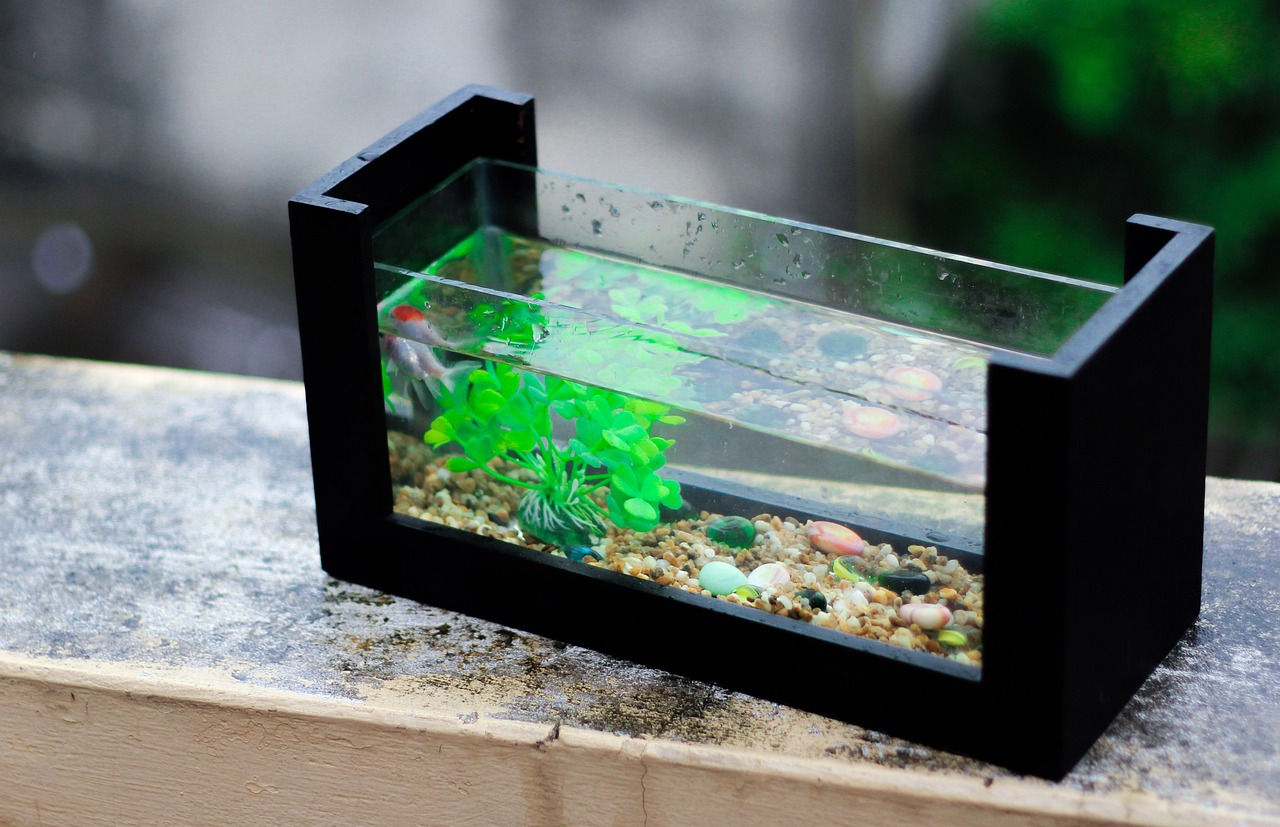Table of Contents
![]()
Moving can be a stressful experience, and when it comes to transporting an aquarium, the stakes are even higher. Fish, plants, and the overall ecosystem you’ve cultivated require careful attention and planning to ensure a smooth transition. This article will guide you through the necessary steps to protect your aquatic life during a move, ensuring they thrive in their new environment.
Pre-Move Preparation
Assessing the Aquarium
Before you begin packing, take stock of your aquarium. Assess its size, type, and the species of fish and plants you have. Understanding the specific needs of your aquatic inhabitants will help you make informed decisions throughout the moving process.
Researching New Location
Investigate the water quality and source at your new home. Factors such as pH, hardness, and temperature can significantly affect your fish’s health. Additionally, evaluate the space and environmental conditions to ensure your aquarium will fit comfortably in its new surroundings.
Gathering Supplies
Prepare your moving kit by gathering essential supplies. You’ll need packing materials such as containers, bags, and styrofoam for insulation. Consider investing in an aquarium transport kit and emergency supplies like water conditioner, filters, and test kits to maintain water quality during the move.
Creating a Moving Plan
Timeline for the Move
Establish a timeline that outlines each phase of the move, including when to begin dismantling the aquarium. Having a clear plan will help reduce stress and ensure you don’t overlook critical steps.
Coordination with Moving Professionals
If you’re hiring movers, communicate your needs regarding the aquarium. Make sure they understand its fragility and the importance of handling it with care.
Setting Up a New Aquarium Plan
Sketch out how you want to set up your aquarium in the new location. This will help streamline the reassembly process and minimize stress for your fish.
Dismantling the Aquarium
Preparing the Tank
In the days leading up to your move, gradually acclimate your fish to lower light conditions and reduce feeding. This helps reduce stress and minimizes waste in the tank.
Removing Fish and Invertebrates
Use safe catching methods to remove fish and invertebrates from the tank. Temporary holding solutions, such as buckets or bags with oxygen, will ensure they remain safe during transport.
Draining the Tank
Carefully drain excess water from the tank, but keep some to transport back to the new location. This water can help establish beneficial bacteria in your new setup. Clean equipment without using harmful chemicals to avoid contaminating your fish’s environment.
Packing Substrate and Decor
Remove and store substrate carefully, as it can contain beneficial bacteria. Pack decorations and live plants in containers that allow for some moisture retention to keep them healthy during transport.
Transporting the Aquarium
Moving the Tank
Secure the aquarium to prevent breakage during transport. Use blankets or padding to cushion the tank, and consider using a dedicated vehicle if possible to ensure it stays upright.
Transporting Water and Substrate
Store the aquarium water in appropriate containers with tight lids to prevent spillage. For substrate, consider using sealable bags to keep it contained and manageable.
Handling Fish and Invertebrates
When bagging your fish, ensure each species has enough oxygen and room to move. Consider temperature and time during transport to minimize stress and potential health risks.
Setting Up the Aquarium at the New Location
Unpacking and Inspecting Equipment
Upon arrival, carefully unpack and inspect all equipment for damage. Ensure everything is functional before you start setting up your aquarium.
Reassembling the Aquarium
Begin by placing the substrate and decorations in the tank according to your pre-planned layout. Fill the tank with the water you transported, then top it off with fresh water, treating it as necessary to eliminate chlorine and other harmful substances.
Adding Fish and Invertebrates
Introduce your fish and invertebrates gradually to their new environment. Use the drip acclimation method to help them adjust to the new water parameters. This can help minimize shock and stress.
Post-Move Care
Monitoring Water Quality
In the days following the move, closely monitor the water quality. Test for ammonia, nitrite, and nitrate levels, and make adjustments as necessary to ensure a stable environment for your aquatic life.
Observation of Fish Health
Keep an eye on your fish for signs of stress or illness. Look for changes in behavior, such as excessive hiding or erratic swimming. Address any issues promptly to promote recovery.
Resuming Regular Maintenance
Establish a new routine for feeding and cleaning your aquarium. Patience is key during this acclimation period; give your fish time to adjust to their new surroundings.
Conclusion
Caring for your aquarium during a move requires careful planning and execution. By following these guidelines, you can minimize stress for your aquatic life and ensure they thrive in their new home. Remember, patience and attention to detail are crucial during this transition. If you encounter challenges, don’t hesitate to seek advice from local aquarium clubs or professionals to help you navigate the process.
Share This





Be the first to comment